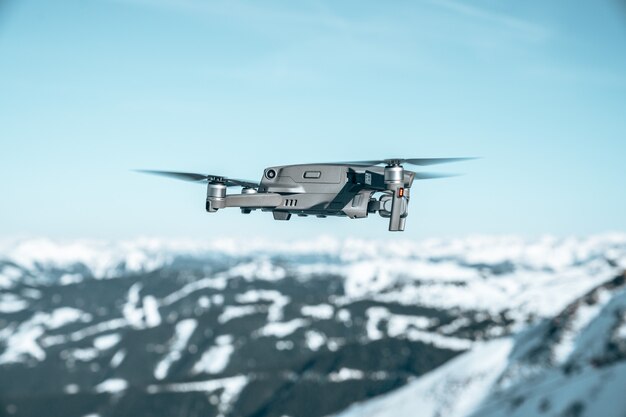
Sponsored article
\
Artificial intelligence is playing a transformative role in enhancing the capabilities of drone defense systems, ensuring quicker and more efficient threat detection, tracking, and neutralization. By leveraging AI integration, these systems can analyze vast amounts of data from multiple sensors such as 4D radar, passive RF detection, and EOIR cameras. This smart drone system’s ability to process information in real-time reduces human error and boosts the accuracy of identifying potential threats. Through advanced learning algorithms, AI can distinguish between hostile drones and harmless aerial activities, significantly minimizing false alarms, which is crucial for environments like military bases or critical infrastructure.
Moreover, AI-driven automation in a C-UAS system means threats can be neutralized more rapidly using methods like jamming and GNSS spoofing. The system’s adaptive nature allows it to evolve with new threats, learning and improving its responses as enemy tactics change. As AI continues to evolve, its integration into drone defense systems promises a future where these technologies become even smarter and more effective, offering robust protection against the growing drone menace worldwide.
Recent advancements in radar technology and sensor upgrades have significantly bolstered the capabilities of drone detection systems, paving the way for more reliable and precise monitoring. Modern radar technology now incorporates sophisticated algorithms and enhanced signal processing techniques, enabling it to differentiate between drones and other airborne objects with heightened accuracy. These innovations are not only improving the detection range but are also minimizing false positives, which have long been a challenge in traditional systems. Moreover, sensor upgrades, particularly in terms of their sensitivity and resolution, allow for more detailed imagery and data collection, fostering improved tracking and identification processes.
As drone defense systems continue to leverage these technological strides, key benefits have emerged, including:
The integration of cutting-edge radar and sensor technologies is thus vital for developing robust and adaptive drone defense strategies that meet current and future security challenges.
Incorporating robust cybersecurity measures in drone defense is crucial to safeguarding sensitive airspaces from potential threats. As drone technology advances, so does the sophistication of cyber threats targeting these systems. Effective drone defense cybersecurity is essential to prevent unauthorized access and ensure the integrity of the defense systems tasked with monitoring and managing drones. Given the sensitive nature of airspaces that these systems protect, any breach could result in catastrophic consequences. Hence, implementing state-of-the-art hacking prevention strategies is vital to maintain a secure operational framework.
Cybersecurity in drone defense involves multiple layers of protective measures, including encryption, secure communication protocols, and real-time threat monitoring. By constantly evaluating and updating these defenses, organizations can anticipate and neutralize potential cyber threats before they compromise the system. Investing in advanced cybersecurity solutions not only enhances the reliability of drone defense mechanisms but also assures stakeholders that the sensitive airspaces are well-protected against hacking attempts, maintaining strategic and operational integrity.